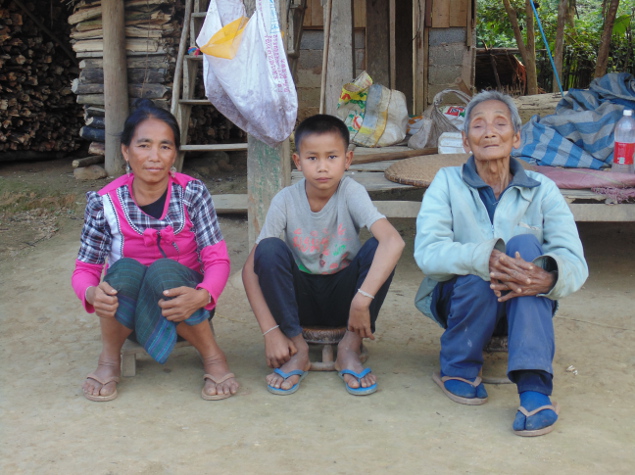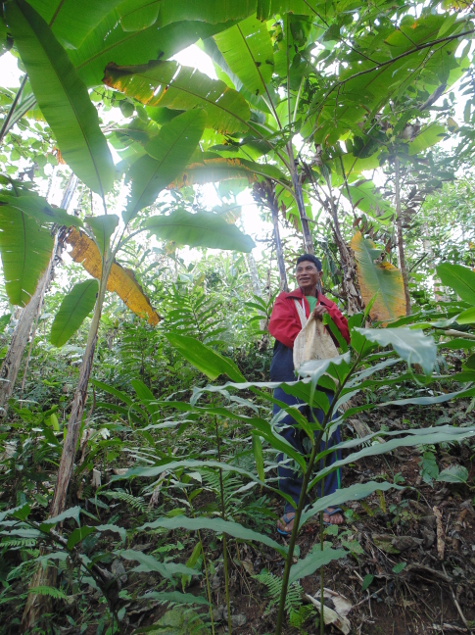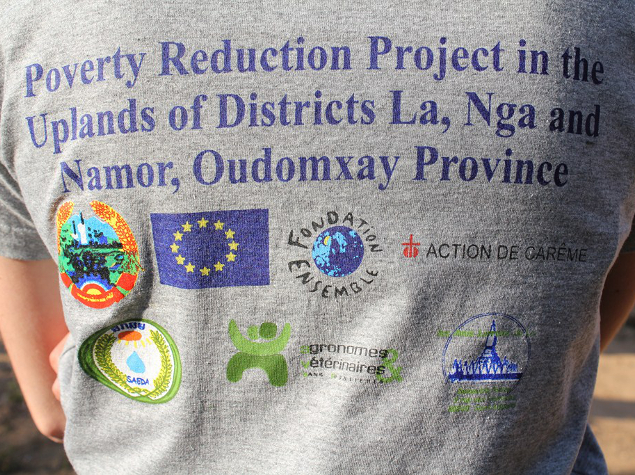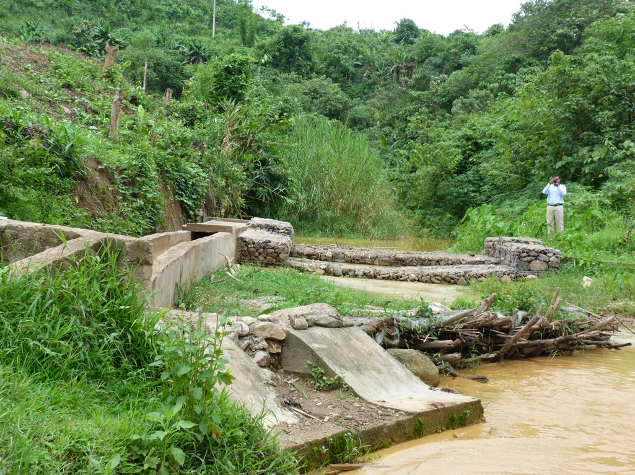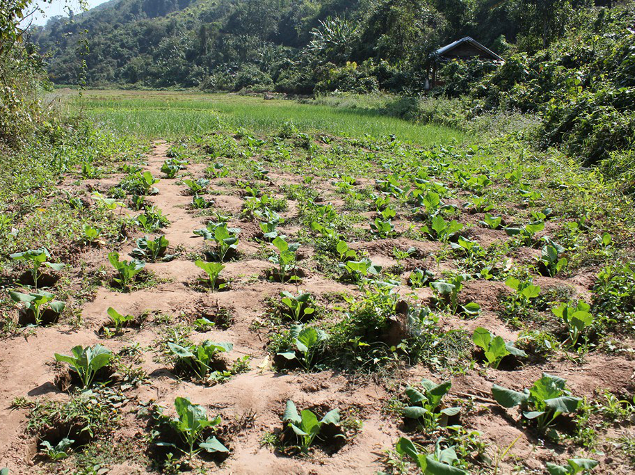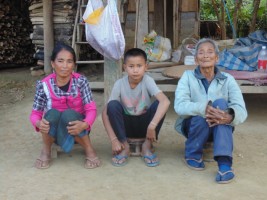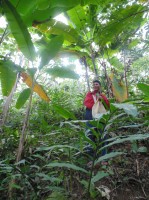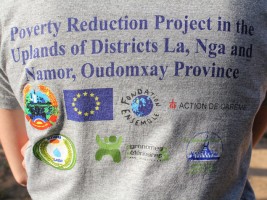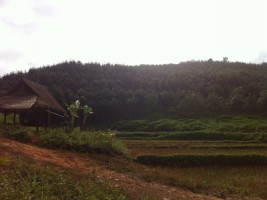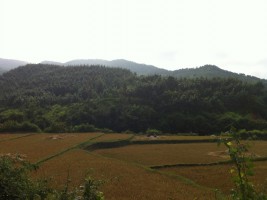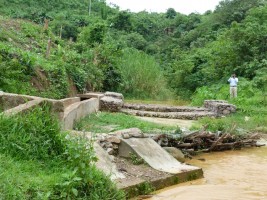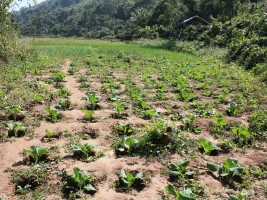Community development and sustainable management of the Nam Phaak river basin
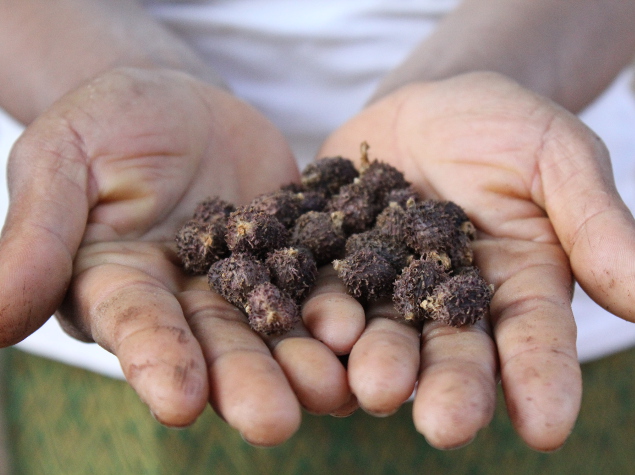
This project seeks to reconcile community development with sustainable management of natural resources. AVSF and its partners aim to contribute to poverty alleviation and to promote local economic development in the Nam Phaak river basin by introducing community-based biodiversity management that is both sustainable and income-generating.
The following targets have been set for this project:
- At least 40 village communities play an active part in managing the natural resources of their land;
- Pesticide use is reduced by 30 %;
- The incidence of infectious diseases among the inhabitants is reduced by 50%;
- The toxicity of downstream basin water is below the risk threshold set by the World Health Organization;
- At least six employment generation schemes are set up or strengthened: two for farming products, two for livestock products and two for non-timber products;
- Food security is improved in 47 villages;
- The amount of forest land given over to logging decreases;
- All the beneficiary populations are informed of the risks of pesticides;
- The village community organizations have 50% representation of women, particularly at management level.
To achieve these results, project activities have been grouped into three main areas:
Improving food security
For villages with access to irrigation water, a minimum of 150 families will be given support to build small irrigation systems that will enable new rice terraces to be developed. Such an approach is less risky, requires less manpower, gives a higher average yield and does not require fields to lie fallow. In villages where micro-irrigation is not possible, at least 600 small farming families will be supported in developing integrated crop production systems on at least 50 hectares of slopes, where a greater variety of crops will be grown to enable sustainable use of the land.
Enhancing sustainable river basin management
The beneficiary village communities will be helped to establish sustainable management plans for forest and river resources. First, natural resources with economic potential (wood, non-timber products, beekeeping) will be identified for the 57 target villages, and sustainable exploitation plans will be drawn up with volunteers and included in the management plans. This approach will encourage activities that combine biodiversity conservation with earnings potential for the villagers. The focus will also be on protecting endangered species (gibbon, gaur, python, etc.) and on reducing the use of pesticides/herbicides (the downstream water of the river basin is used by 80 000 people). In this way, at least 20 villages will be helped to draw up management plans that aim to halt environmental degradation, including 20 protected river areas allocated for fish breeding.
The farmers will then be helped with the setting up and capacity building of production and marketing groups with the aim of increasing the income they obtain from the sale of farming and forest products. At least 20 groups will be set up for development of the various sectors (honey, cardamom, broom grass, mulberries, etc.), for post-harvest processing to create added value and for management of market information and basic accounting.
Building stakeholder capacity
With a view to sustainable management and improvement of both their environment and their living conditions, Village Community Organizations will be set up in villages where none yet exists, or will be strengthened in villages where health committees are already in place. All in all, the member and leaders of 47 community organizations will have their capacities developed or strengthened in order to meet basic needs (health and food security), practice sustainable agriculture and preserve the environment.
At the request of the Oudomxay Provincial Agriculture and Forestry Office, training will be given to members of the Agriculture and Forestry, Rural Development, Health and Education authorities as well as to the Lao Women’s Union. Topics covered will include participatory approaches and the design of visual outreach materials, a gender and ethnic minority approach, and monitoring/evaluation of activities. Those who have received this training will thus be able to contribute to local development and to sustainable management of the sector.
Results reached:
- 3 agricultural value chains have been created at village level (maize, beans and cotton).
- 3 livestock value chains have been created at village level (pig, chicken, bee-keeping).
- 5 NTFP (non timber forest products) value chains have been created or strengthened at village level (galanga, cardamom, bamboo, rattan, broom grass).
- 29 villages have a natural resources management plan, 1 village has a pesticide control plan.
- Experimentation on rice shows 100% yield increased but the dissemination of the technique has not yet been done.
- 153 households benefit from new irrigated terraces.
- 166 households benefit from fish ponds.
- Awareness campaign on pesticides reached 2 370 beneficiaries, including 1 046 women, and 26 trainers have been trained.
- Management committees are composed of 23.4 % women.
- The forest surface decrease stop has not been monitored during the project.
Conclusions from the ex-post visit (May 2018)
The project funded by Fondation Ensemble was very relevant and would have won in clarity if it had been better integrated into the larger project funded by the European Union (PRPU – Poverty Reduction Project Oudomxay). The participation of women remains difficult for social, qualification, workload and cultural reasons. The average annual income per household increased by 31% between 2013 and 2017. The evolution of income sources between 2013 and 2017 demonstrates the increasing diversity of household income sources over the life of PRPU, which has enhanced the resilience of local farmers. In 2013, they were reliant on rice, maize and cash crops for 60% of their income, but by 2017 these accounted for only 43% and planted NTFP such as galanga and cardamom, as well as livestock increased in relative importance. Cardamom in particular has been highly successful, not only contributing directly to over 10% of farmer income, but also in reducing the use of chemicals and providing an incentive to protect the forest. It truly has been a very successful intervention.

